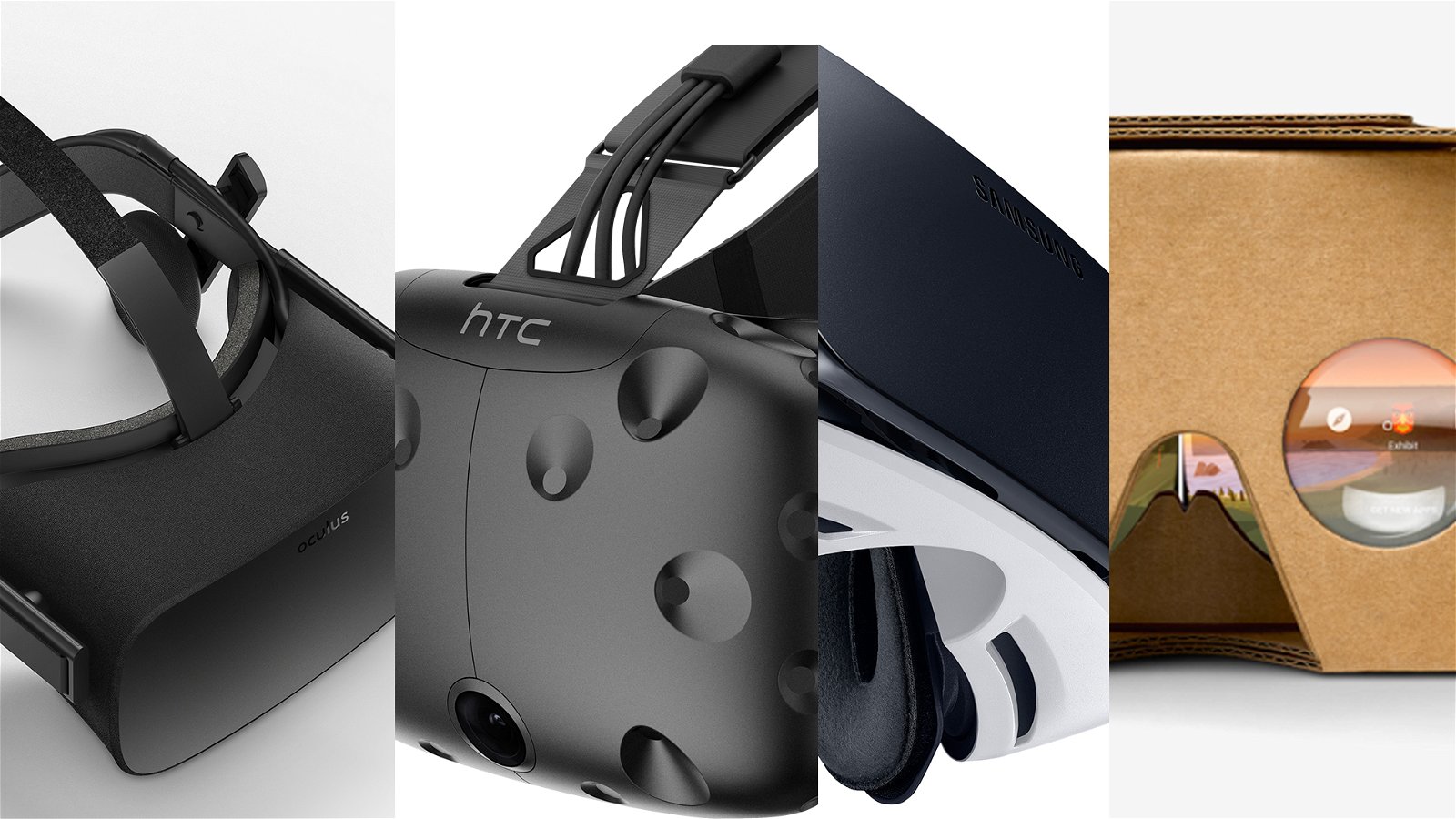VR is the hot new tech trend in gaming, but the plethora of different models available can make choosing a system confusing, with so many brands on the market sharing a similar look and boasting seemingly identical functionality. After hands-on time with the various units at E3 2016, however, I found some notable differences emerged between systems that allow for clearer and more defined match-ups. Here’s a head-to-head comparison of the four main headsets that were on the floor at E3 2016: the Oculus Rift, the HTC Vive, the Samsung Gear VR, and PlayStation VR. All four systems do what they’re designed to do, so the choice comes down to which factors are most important to you, with the biggest ones likely to be price, software catalogue, likelihood of motion sickness, and device ecosystem. Of course, games selection also comes into play, because not all games are available on every headset. Here are your options this holiday, alongside lesser-known units like the FOVE VR unit that I have not tried. A word of warning, though: you should personally try out any VR headset you plan to buy beforehand, since the comfort level with each system varies greatly from person to person.
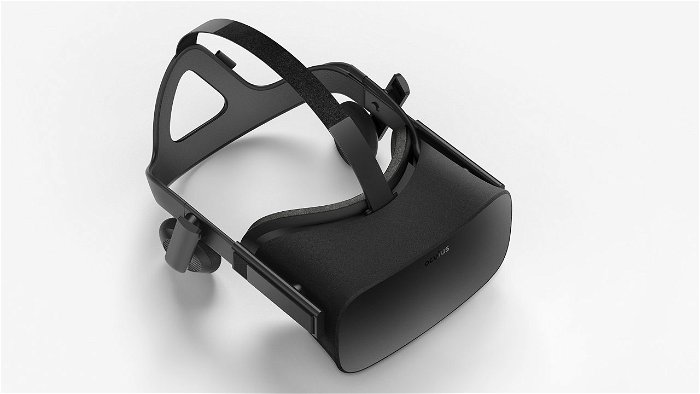
Oculus Rift
The crowdfunding unit that started the modern VR craze boasts the largest amount of third-party support, the backing of Facebook, and integration with the Xbox controller. There are certain really excellent games, like Floor Plan, that are only available on Oculus and Samsung platforms, and this is the primary edge the Oculus has over its competitors. However, you need a pretty serious computer to run it, and it’s the absolutely dorkiest-looking headset to wear. Perhaps more importantly, a significant number of people, including myself, report notable motion sickness while using the Oculus Rift, which make any other benefits moot. Playing Project Cars nearly wiped me out for the day, I was so queasy afterward. It’s also pricy: over $1200 in Canada.
HTC Vive
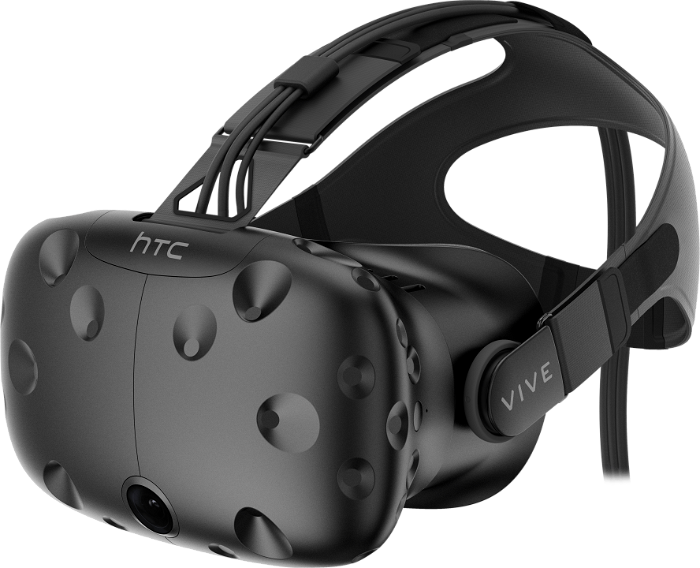
The Vive requires similar computer specs to the Oculus, but I don’t get motion sick from it. If you’ve got a big living room, it’s the smoothest VR experience, and the dual Vive controllers are really intuitive to use despite using a unique grip. This is more important than you might think, since in VR you can’t actually see your hands — If you drop the controller, you have to take the headset off to find it. I found the Vive tracked things better than its competitors did, and the picture quality was excellent. Adequate space and proper configuration of the multiple tracking nodes are essential for proper functioning, but the big drawback is the price: a whopping $1600 in Canada. If you can afford it, it’s a great system, but that sticker shock is undeniable, especially since you’ll also be upgrading your PC’s GPU to get the most out of it.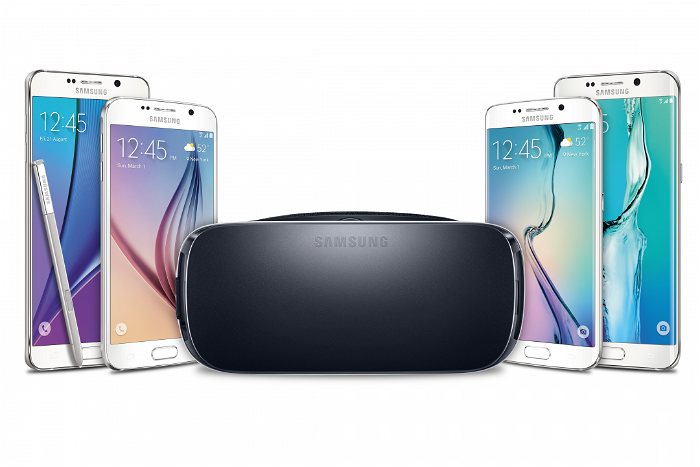
Samsung Gear VR
If you’re a Samsung S6 or Note 5 owner, you’ve got the hands-down cheapest VR option available to you. There are some limitations based on the primary display being a phone, such as some applications not having full 360 degree VR. That being said, it’s a light, easy to use, affordable VR choice. Obviously it can’t compete with the more expensive units on picture quality, and some motion sickness can happen. I can’t say whether it’s better than the Oculus Rift in that way or if I just tried games on the Gear VR that didn’t trigger it as much, but if you’re looking for serious VR experiences like racing or flight sims, you’ll want a more robust system no matter what. Gear VR is best for watching movies — and Naughty America’s Gear VR porn service — or simpler experiences where the bulk of the action is in front of you, though it does have quite a few games in its catalogue as well. However you decide to use it, keep in mind that it’s wear and tear on your cell phone. The price of around $150 Canadian is pretty attractive though, if you already own select Samsung phones. If you don’t, there’s really no meaningful cost savings. An alternative for non-Samsung phones is the Zeiss VR One headset, but it doesn’t seem like the one-headset-fits all approach is working too well, based on consumer rankings.
In my opinion, the best combination of usability, , game selection, , cool factor, and price is the PlayStation VR, which has the further advantage of being the system least likely to induce motion sickness. It has one of the nicer looking headset designs, and it’s the only system that stays on your head without putting pressure on your face. This was important for me because of an old injury to the zygomatic bone on the right side of my face that gets irritated by the Vive and the Oculus headsets. I also found it easiest to get a more exact fit and focus with the PSVR, and I didn’t feel stupid wearing it. You personally may not care about how dumb you look wearing a VR headset, but the systems that look like old person glasses make me feel pretty self-conscious. You may have read other places that the specs of the PSVR aren’t up to the Oculus or the Vive, but regarding the stat that really matters, refresh rate, the PSVR runs at 120Hz instead of the 90Hz of the other headsets. Why does this matter more than raw graphics resolution? The higher the refresh rate, the less likely it is that you’ll experience motion sickness.

The PlayStation VR system installs easily with the PlayStation 4 that 40 million people already own, and there’s a large catalogue of games with great titles like Farpoint, RIGS, and Battlezone. I’m highlighting these three titles because they’re all action packed and pretty fast-paced, and, again, no motion sickness at all. And the price is reasonable… Well, reasonable by VR standards. $550 for just the headset, $700 for the headset, two move controllers, the PlayStation camera, and an introductory game title. If you already own any of the additional hardware, comparison shop before you buy. It may be cheaper to buy pieces separately, and you’ve got some time to research: PSVR wonn’t hit the market until October 13, 2016.
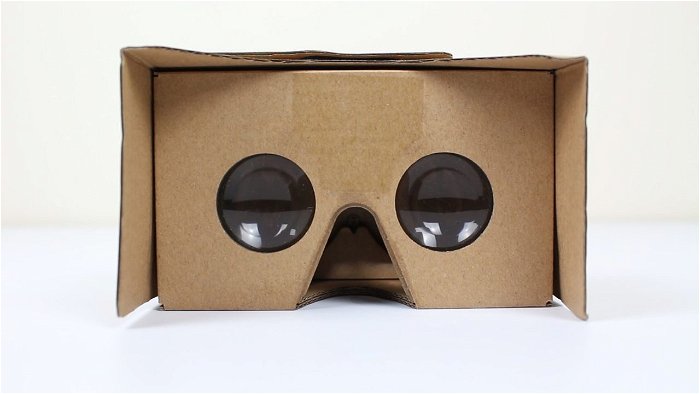
Special Mention: Google Cardboard
If you’re really on a budget and want to try the novelty of VR, there’s Google’s ultra-low cost alternative, an android phone VR headset that costs twenty bucks because it’s made out of cardboard. I’m serious. This is a thing. It’s not at all comfortable to wear, at least in my opinion, but there are a surprising number of free apps in the Google Play store if you’re curious about VR but don’t want to spend hundreds of dollars trying it out.
Note: If you own an Xbox One and not a PS4, we don’t yet know what VR system will work with the Xbox ecosystem, or if a discounted version of that headset will be introduced to compete with PSVR. Furthermore, I didn’t include Microsoft’s Hololens headset on this list because it’s more of an augmented reality headset as opposed to true VR.
